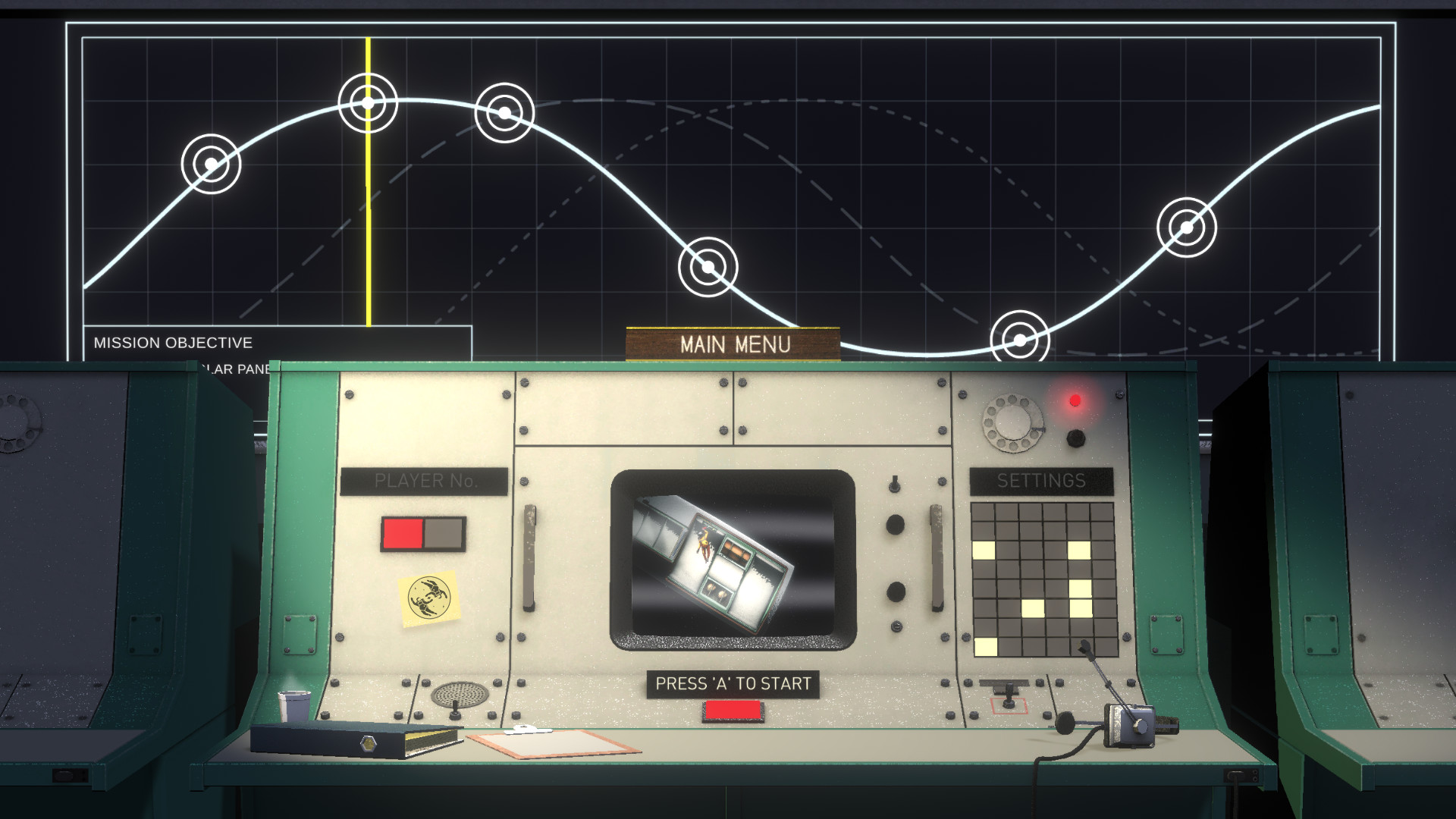

2020) focused on multi-class classification of stars, galaxies and quasars Cabanac et al. 2018), galaxy-quasar (Bailer-Jones et al.

Many researchers focused on star-quasar (Zhang et al. There is a significant increase in research works related to stellar spectra detection and classification. Conclusions and future works are given in Sect. Experimental results and discussion are provided in Sects. Section 3 describes the proposed model based on evolutionary optimization of classifier parameters data collection and preprocessing, model design, training and validation, are also described in this section. The rest of this paper is structured as follows. Introduced new and efficient solution based on machine learning models to classify three classes of cosmic objects.ĭeveloped a genetic algorithm optimization technique to obtain high classification accuracy with small number of features.Īchieved highest performance (over 98% accuracy score) using 15 out of 21 tested classifiers.Įmployed various clinical parameters to evaluate the performance of the developed model.

The main novel contributions of this work are as follows: During the learning process fivefold cross-validation (Mosteller and Tukey 1968) is used. Resulting individual models were then combined into a single voting classifier, using genetic algorithm to find a combination that yielded the best results. Then, using genetic algorithm, we optimized their hyperparameters. Next, we trained a set of 21 classifiers with their default parameters as a baseline. First, we reduced the number of features using principal component analysis to speed up the computations. In order to overcome the above-mentioned drawbacks in this work, we proposed a novel machine learning approach that utilized genetic algorithm to find the best model with optimal set of hyperparameters. Handling of large number of features will make the model computationally more intensive. It is complex and time-consuming to handle huge data. Majority of previous studies have used either very complex frameworks or basic methods to build the classification model. The drawbacks of these studies are given below: The details on their study are provided in Sect. Many researchers have used machine learning methods to classify the heavenly bodies automatically. Currently, a large part of the classification of objects from SDSS database have used advanced algorithms written in the Matlab environment SDSS ( 2015). Astronomers, physicists and mathematicians from many countries took part in this project. In this work, we chose to conduct our research using the Sloan Digital Sky Survey (SDSS) database Blanton et al. The objective of this paper is to present a novel evolutionary system with highest performance in classifying three cosmic objects. Due to the increase in the number of available sky surveys in optical and near-infrared spectra, and due to varying observing conditions and sensitivities, it is difficult to fine-tune these tools for specific database. ( 1996)-a widely used tool for star-galaxy separation. Some of them include SExtractor Bertin et al. Hence, many tools have been developed to aid in this task. It is an important field of research where lot of improvements are made every year. Recently, an accurate stellar object classification using photometric data has gained much popularity. Proposed evolutionary system can be used in other areas where accurate classification of many classes is required. The developed machine learning prototype can help the astronomers to make accurate classification of heavenly bodies in the sky. We have obtained the highest classification accuracy of 99.16%, precision of 98.78%, recall of 98.08% and F1-score of 98.32% using evolutionary system based on voting classifier. Our developed model has achieved an improvement in the accuracy using nineteen out of twenty-one models. We have used 21 classifiers to develop an accurate and robust classification with fivefold cross-validation strategy.

Then, the genetic algorithm is implemented on the data which helps to find the optimal parameters for the classifiers. First, the input data are normalized and then subjected to principal component analysis to reduce the dimensionality. In this work, we are proposing to develop a novel machine learning model to classify stellar spectra of stars, quasars and galaxies. This research collected the data from Sloan Digital Sky Survey database. This article presents a novel methodology that enables an efficient and accurate classification of cosmic objects (3 classes) based on evolutionary optimization of classifiers. The classification of these objects is a challenging task for astronomers. The heavenly bodies are objects that swim in the outer space.


 0 kommentar(er)
0 kommentar(er)
